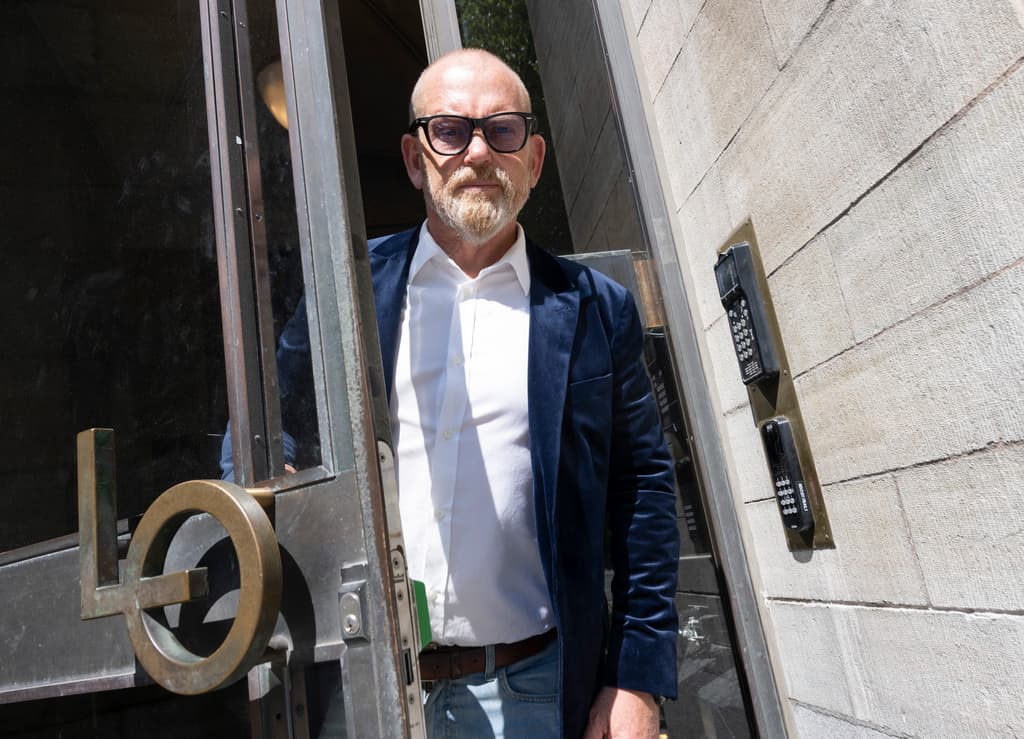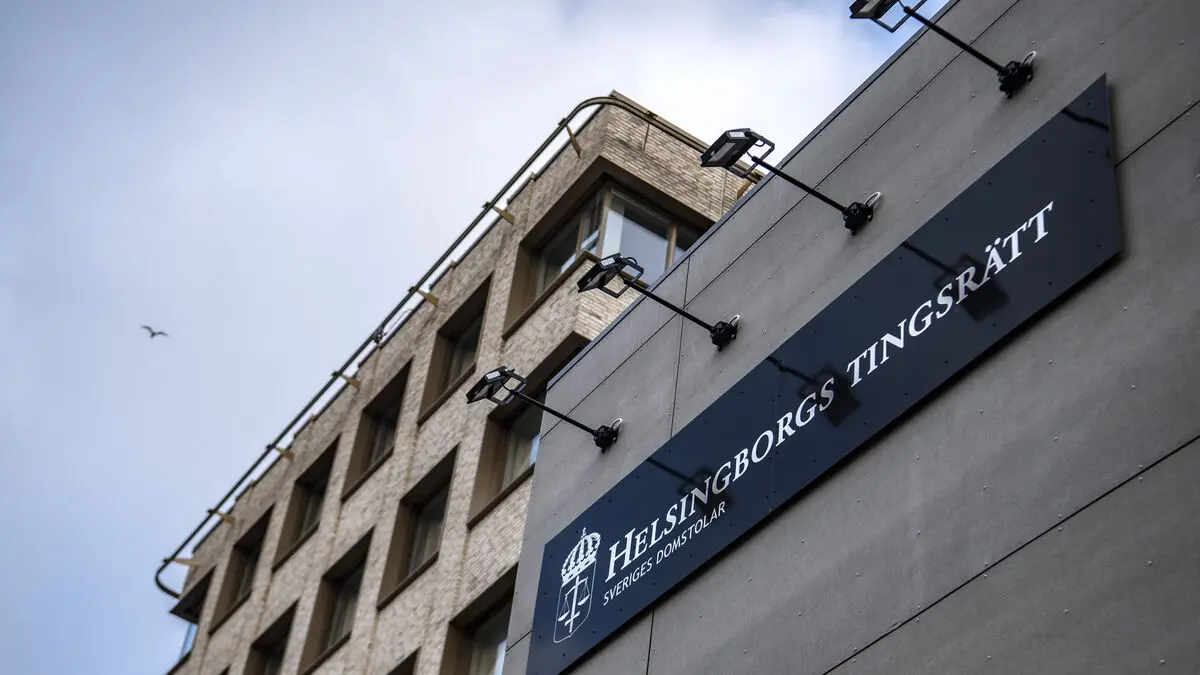Companies compensated themselves with higher prices. They did not do so with wages. As a result, the owners' share of profits rose to historically high levels during the inflation years.
Therefore, there is a potentially larger wage space ahead, says LO economist Torbjörn Hållö.
The LO economists are releasing a new economic forecast. It resembles other forecasters' reports, painting a picture of a continued bumpy Swedish economy this year, where the Riksbank will lower the interest rate several times in the autumn.
The high inflation of recent years has left its mark in many ways. One is that the companies' share of profits has clearly increased at the expense of wages, according to the LO economists, who rely on statistics from the government's Konjunkturinstitutet (KI).
The companies' costs were simply passed on to the employees. And it is precisely this that has created this changed balance between labour and capital, says Torbjörn Hållö.
Too flat?
Simply put, one can say that companies could pass on the increased costs to consumers in the form of price increases. Wages did not increase to the same extent.
The employees' lost share of companies' profits began already during the pandemic, where wage negotiations were postponed. Then came inflation, which employees in Sweden, and relatively many other EU countries, did not manage to compensate for as well.
Were the unions then too soft in their wage demands?
Torbjörn Hållö, as LO economist, stays away from that part, it is up to the negotiating parties, but notes:
Currently, there is an increased profit margin. From a trade union perspective, it is the same as saying that there is a larger wage space, simply put, says he.
Long-term wise
Now, the capital owners' share is on its way down, but is expected to remain above the historical average in the coming years, according to KI.
But what would have happened if the unions had demanded and received higher wages. Would inflation have become even higher then?
I am highly involved in the goal. But I believe that the wage bargaining model we have is long-term wise. Both from a real wage perspective. But also from a macroeconomic perspective, says Hållö.
Regardless of whether the unions were too soft or not. What the LO economists also note is that white-collar workers managed to get higher wage increases during the inflation crisis than LO workers.





